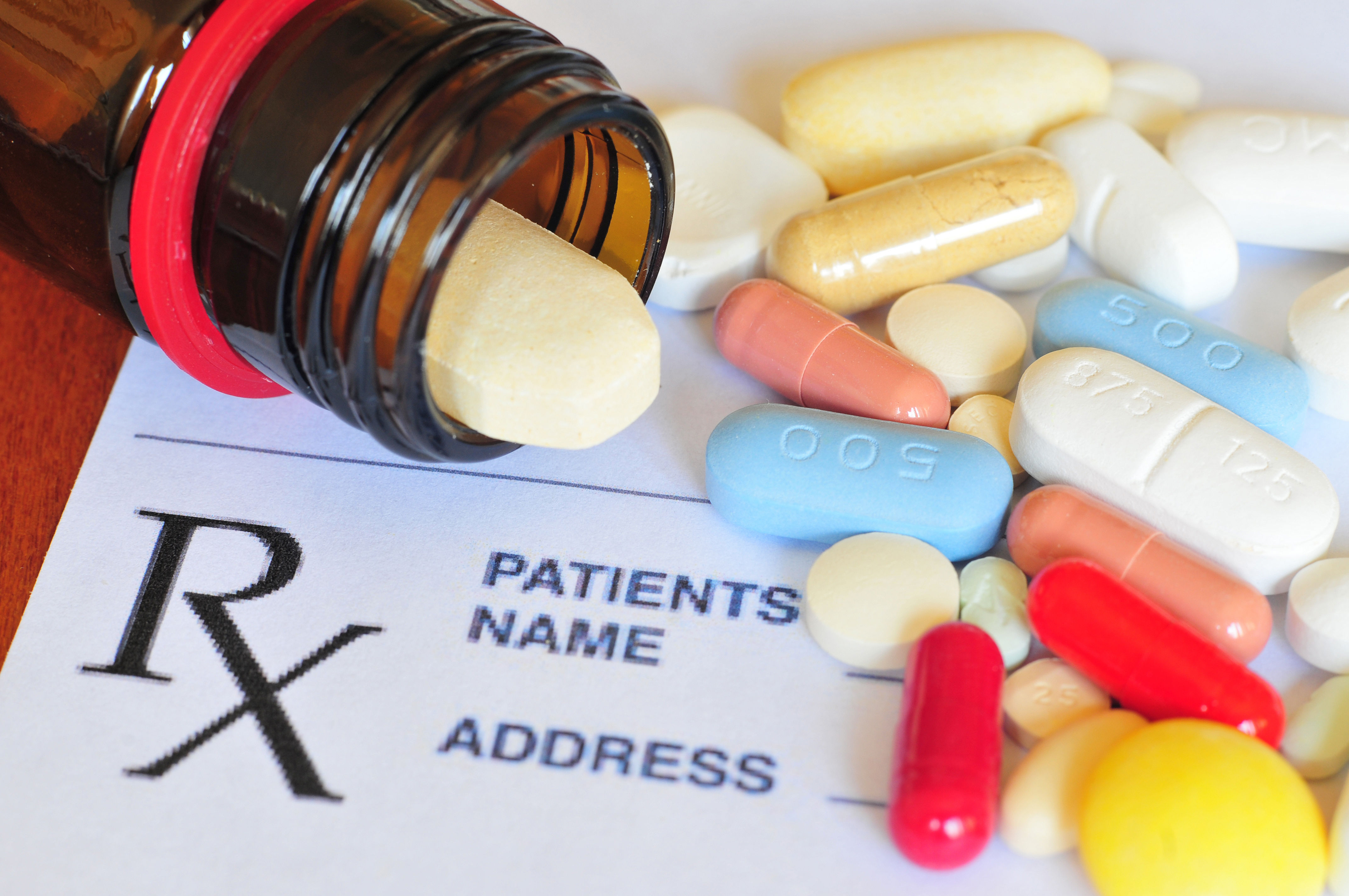Prescription medications are the medicines that are being prescribed by the doctor and cannot be bought over-the-counter. Prescription drug abuse is the act of aimless use of a drug that is not prescribed. It is the inappropriate act of taking a drug to get high and can be ongoing and compulsive despite its negative outcomes.
It may be a common habit for some people, including teens, to abuse drugs. Such drugs taken commonly are opioid painkillers, anti-anxiety medications, sedatives, and stimulants. Finding of the misuse of prescription medications as early as possible could prevent abuse.


